

The Republic of Cameroon lies at the crossroads of western and central Africa. It has a small coastline on the bight of Biafra, located near the Gulf of Guinea and the Atlantic.
The economy of the country is propelled by a strong agricultural sector followed by manufacturing. The climate and soil near the coastline allow the production of cash crops and fruits which comprise the majority of its exports.
Cameroon has four main ports and five marine terminals which handle its international trade conducted with the Netherlands, France, China, Belgium, Algeria, and Malaysia.
The port of Douala is Cameroon’s major port situated on the banks of the river Wouri. The biggest city of Cameroon, it is also a financial and commercial hub. Approximately 6,230,500 tonnes of cargo, 187,500 TEU and 2,800 vessels are handled at the port annually. Constructed in the 19th century, this port made a profit of 9 million dollars in 2019 and ranks among the top industrial centres of the Central African region.
It houses many manufacturing and processing plants such as breweries, food-processing, palm oil, soap factories, plastics, bicycle making, paper etc. A ship repair facility and workshop are located in the port premises.
Another advantage is that it is connected to all major states through national highway routes and railways which makes it an important distribution centre and the key facility handling more than half of Cameroon’s international maritime trade. The multipurpose port has facilities for dealing with dry cargo, liquid bulk, container goods, roro and breakbulk.
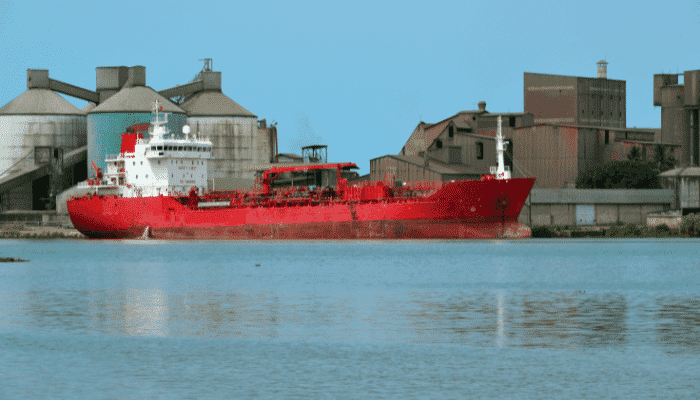

It exports timber, coffee, aluminium, cocoa, bananas, forest products, fruits, and cotton and receives shipments of fuels like gasoline, LPG, cereals, chemicals, bauxite, construction equipment and machinery. It is also a busy fishing port and serves the seafood industry of the region.
Douala port has a fairly long navigation channel stretching 50 km that needs regular dredging to accommodate large ships. The port has a total quay length spanning 27,000 m2 with an alongside water depth of 8 m. Douala port can accommodate cargo ships with a maximum LOA of 200 m and a draught of 8 m.
General cargo terminal
This facility has 11 berths each 150 m long, dedicated to handling general cargo. It also has 59,000 sq m of warehouse area and functional port equipment. Three berths deal with grains using the grain elevator which empties into the 6 silo tanks measuring 1450 feet and is owned by a private company.
The port has a total open storage space of 39,000 sq m and 8000 sq m warehouse offering cold storage facilities for fruits, vegetables and perishable goods.
Bulk Terminal mostly deals with timber shipments on its three dedicated berths with a stacking area covering 200,000 sq m.
Container Terminal
The port’s container handling facility is one of the best in the region. It was resurfaced with tarmac and cobbles to allow easy loading and unloading operations. Comprising three berths, each measuring 500 m, the stacking yards can handle 5000 TEU in a day. The terminal has a wharf with an inbuilt ramp for handling roro cargo.
It has fully-functional modern port equipment such as four cranes, 18 reach stackers, 15 forklifts, 30 tractors and 29 trailers. The stacking area spans 21 hectares and is adjacent to the two terminal buildings. Lastly, the container terminal has 120 reefer connections and a 385,000 m2 container storage yard.
Limbe port, also known as the port Victoria is the second biggest port of Cameroon. It lies about 15 nautical miles from Douala port in the southwestern part of the country along the Bay of Ambas in the Gulf of Guinea. An anchorage facility, it has two self-propelled crafts and a tug. The port town was founded in 1858 by missionaries and since then the port has been used for shipping the produce of the region’s plantations such as cocoa, palm oil, palm kernel, rubber products, coffee beans, bananas, tea and black pepper.
It was built to supplement the seaport of Douala that faces the problem of congestion and increased operational costs since it fills with sand and requires regular dredging to allow the berthing of ships. Limbe port is envisaged to become a major transport facility for shipping minerals, oil, foodstuff from and to Cameroon and neighbouring nations. It would also solve the anchorage issue of petroleum carriers coming for repair. The port town is also famous among tourists for its cultural heritage, long sandy beaches and boating facilities. Hence it is visited by more than 30,000 people annually.
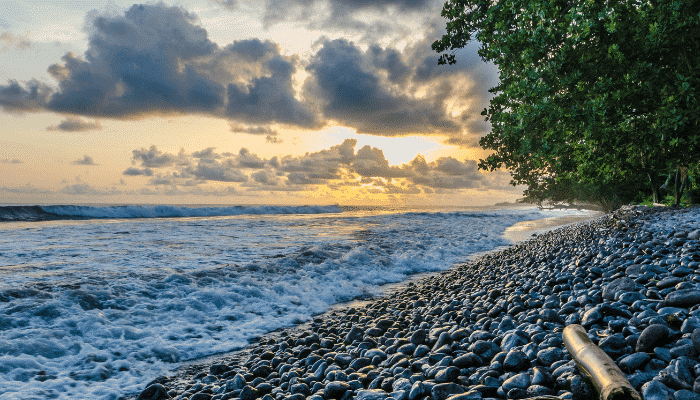

The port comprises a berthing dock spanning 750 m and 5 warehouses of 1640 m2 each. It also has a transit shed with a slipway, a timber stacking yard and 5 cranes for lifting 20 tonnes at once. Around 27,000 million tonnes of cargo pass through Limbe each year.
Currently, the port handles petroleum goods as the city houses Cameroon’s largest oil refinery, followed by timber. A new shipyard has been constructed recently to allow the repair and maintenance of oil tankers. Also, a prominent cement company has established itself in the town and plans to use the port for its shipments. Hence, the government has decided to refurbish the port for handling diverse cargo.
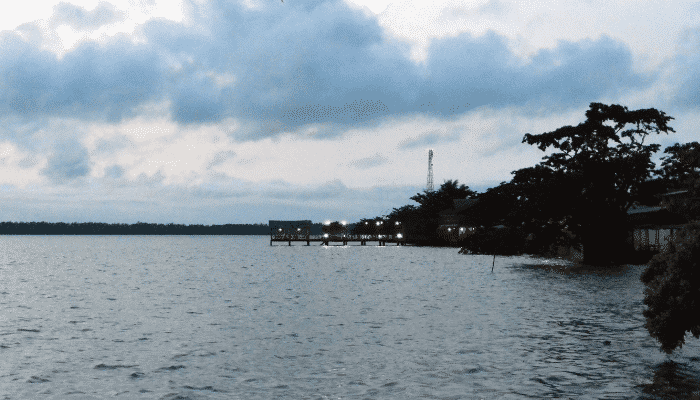

Cameroon’s only deep seaport, Kribi port is a medium-sized facility located at the right bank of the Kienke river. The major export commodity is timber followed by palm kernels, ivory, rubber products and cocoa while major imports comprise malted barley, cotton, spirit, rice and salt. Around 118,100 tonnes of cargo and more than 100 vessels visit the port annually. The port was refurbished in the last two decades and is suitable for accommodating the new transoceanic ships and carriers. It is said to be a key component of Cameroon’s logistics network.
It provides an economically viable maritime access into Cameroon and nations situated in its hinterland like Chad, Central African Republic etc. In 2018, the port was visited by 275 ships and processed more than 6.5 million tons of cargo out of which 18 per cent was container goods totalling 84,000 units.
Container terminal
To transform it into a transhipment hub of the region for boosting foreign trade and national economy, the new container terminal was built at Kribi port and is managed by Bollore Ports Group. The port has high-tech operating systems, well-maintained equipment and infrastructure.
It has a wharf stretching 350 m with a maximum draught of 16 m capable of accommodating ships carrying up to 11,000 TEUs. The terminal has container storage yards covering 18 hectares, a 2000 sq m warehouse, 3 administrative offices, 2 terminal buildings, including a parking area for keeping the port’s 2 ship-to-shore gantry cranes, 5 container gantries, 3 mobile cranes, 5 reach stackers, 4 transtainers, 20 tractors and 15 trailers. The terminal’s container freight station can process 15,000 units and has 193 reefer points. It can store up to 355,000 TEUs.
The operations of the container terminal are fully mechanised. Containers are automatically recorded at their arrival and stored in their designated place. The specialised operating system scans the container to record its contents.
The port’s multipurpose terminal has 2 berths spanning 500 m. They can accommodate 2 vessels of 280 m carrying more than 40,000 tonnes of commodities.
The Kribi Industrial Port project covers 9500 hectares of land and aims at making the port an important industrial and commercial hub of Cameroon. It involves the construction of a logistics centre, an industrial zone, and an airport. A residential city would be built nearby along with buildings for administrative purposes, hospitals and shopping centres. It is important for the economic growth of the country and for generating employment.
Tiko is an important port located in southwestern Cameroon along the river Bimba at the Gulf of Guinea on the eastern side of the Tiko island linked to the mainland by a causeway. Due to constant silt deposition requiring dredging, the port can accommodate small cargo ships and fishing boats. It has also witnessed reduced maritime traffic due to the increasing significance of Douala and Limbe ports. However, Tiko port is still a crucial distribution hub and a processing centre for the plantation produce of the north and handles 29,000 tonnes of cargo annually.
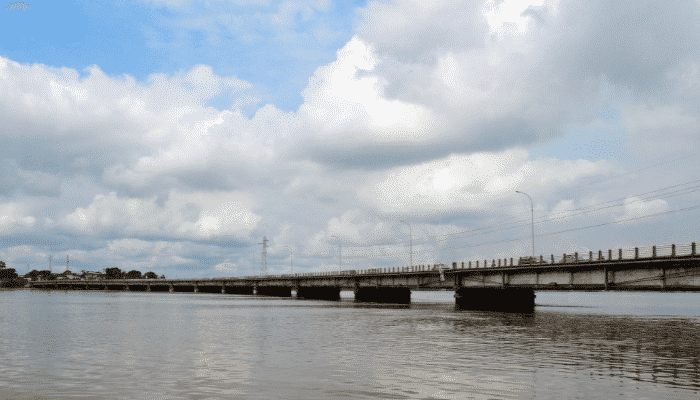

The port was established in the late 18th century and was called Kekis by the native inhabitants, the Bakerwis, a community of farmers. It also housed fishermen and hunter communities who built a rudimentary dock for carrying out trade.
Presently, it comprises 2 docks covering 300 m for handling shipments of timber, bananas, rubber goods, palm oil, hardwood and cocoa. Since it is also a major industrial town, minerals like aluminium are also exported from this facility.
Garoua is a seasonal facility lying on the River Benue. It serves the northern regions of the country and mostly trades with neighbouring Nigeria through the inland waterways. Operational from June till October, the port is operated by the town council. Huge canoes with outboard engines carrying consumer goods and foodstuff can be seen moored at the port’s 2 docks each measuring 250 m with a depth of 6 m. The port has a stocking yard covering 12,000 m2, open storage space and 6 warehouses measuring 4850 m.
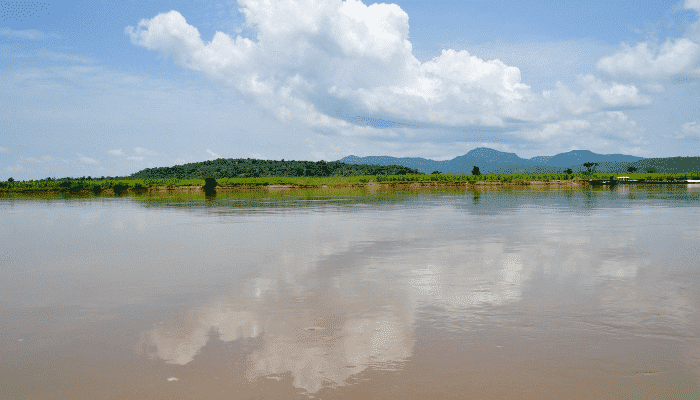

Garoua port does not have any container handling equipment as mostly bagged cargo is shipped from this facility. In recent years port traffic has reduced considerably due to the construction of a hydroelectric dam which has decreased the water of the Benue river and resulted in silt deposition at the navigation channel, restricting the entry of ships.
Manpower is utilised for loading and unloading operations since the port has only two mobile cranes with a lifting capacity of 5 tonnes each, and is usually non-operational during the summer months as the river dries up completely.
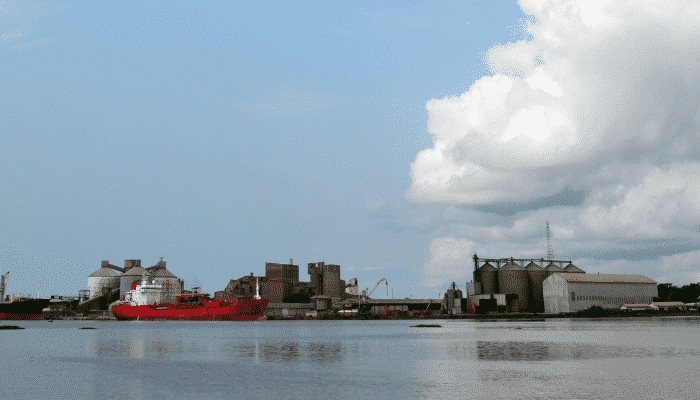

Kole oil export terminal lies northwest of the Gulf of Guinea, just 90 nautical miles from Douala city. It has two oil platforms, the Ekoundou and Kole oil, an SBM and an FSO tanker called Kingsway weighing 159,720 DWT. More than 70 oil carriers visit the port facility annually. It can accommodate the biggest oil tankers with a draught of 21 m and weighing up to 310,000 tonnes.
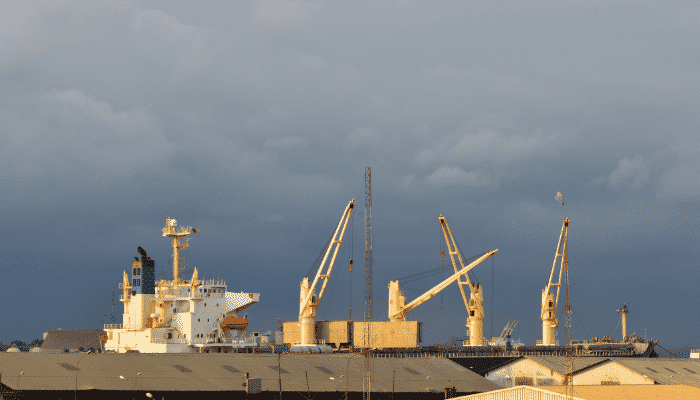

It is a refinery port comprising a berth with an SPM buoy situated 2 nautical miles to the south of Ambas Bay and an oil jetty in Cape Limboh where the terminal is located. The former is used for handling shipments of crude oil and fuel while the latter receives mogas, gas oil, butane and jet A.
Approximately 1,200,000 tonnes of crude and 600,000 tonnes of products are handled annually at the Limboh terminal. The port can accommodate ships weighing up to 150,000 DWT whereas oil tankers with a maximum LOA of 130 m can berth at the jetty.
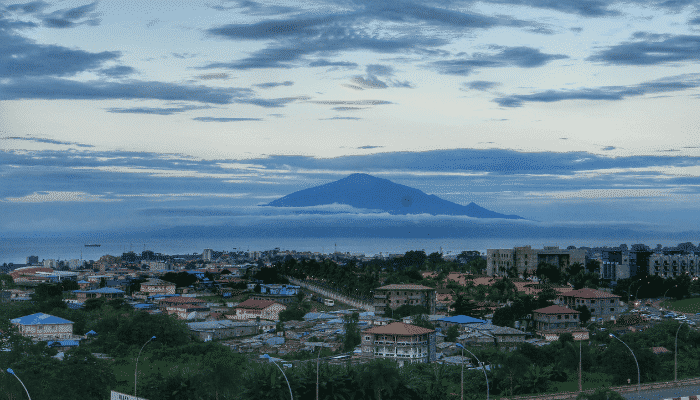

This terminal is situated near the port of Krbibi and comprises an FSO linked to an SPM. This facility can accommodate pleasure crafts, tugs and supply ships, fighting vessels and cargo ships weighing more than 300,000 DWT.
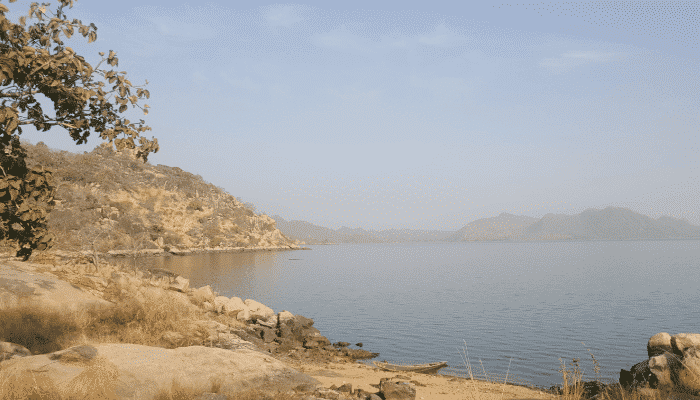

Ebome terminal is situated at the Baie Banoko and serves the Ebome oil field situated a few miles from Grand Batanga and operated by Perenco Cameroon. It has a storage vessel, a loading dock, a floating storage unit and an SPM for crude oil. It can accommodate ships with a maximum deadweight of 200,000 tonnes.
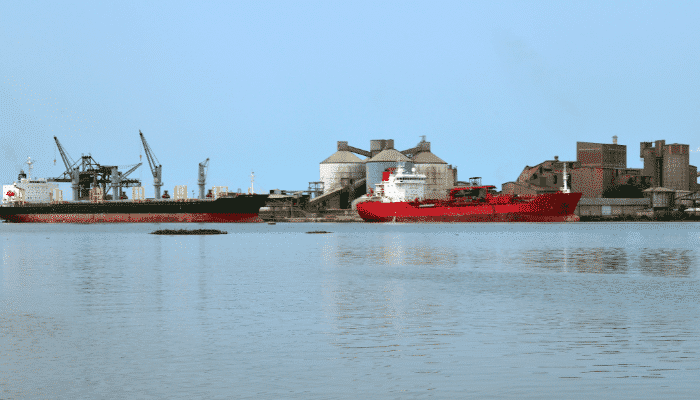

The Moudi terminal serves the nearby Lokele oil fields lying in the Bakassi peninsula. It consists of an FSI, an SBM loading buoy and a production platform. More than 50 vessels frequent the facility annually.
Disclaimer: The authors’ views expressed in this article do not necessarily reflect the views of The Marine Learners. Data and charts, if used in the article, have been sourced from available information and have not been authenticated by any statutory authority. The author and The Marine Learners do not claim it to be accurate nor accept any responsibility for the same. The views constitute only the opinions and do not constitute any guidelines or recommendations on any course of action to be followed by the reader.
The article or images cannot be reproduced, copied, shared or used in any form without the permission of the author and The Marine Learners.










We believe that knowledge is power, and we’re committed to empowering our readers with the information and resources they need to succeed in the merchant navy industry.
Whether you’re looking for advice on career planning, news and analysis, or just want to connect with other aspiring merchant navy applicants, The Marine Learners is the place to be.